Research on Smart Forest with Less Carbon Using Multiple Linear Regression Models and TOPSIS Entropy
DOI: 10.23977/erej.2022.060210 | Downloads: 15 | Views: 1468
Author(s)
Wenjing Zhao 1, Hanzhi Zhang 1
Affiliation(s)
1 School of business, Xi 'an International Studies University, Xi 'an 710000, China
Corresponding Author
Wenjing ZhaoABSTRACT
In the era of rapid development of the Internet, climate change is an increasingly serious threat to carbon dioxide emissions and fixed amounts and human health, and its governance problems need to be solved urgently. Based on forest data from 193 countries by the World Bank, we first developed carbon sequestration models that determine the amount of carbon dioxide sequestration in forests. Then with K-Means++ and system clustering models, we combined the comprehensive scores of the three major indicators of nature, economy and society under the TOPSIS entropy rights law, SPSS software and the decision-making evaluation model of integrated forest management to evaluate the use value of forests. Finally, combining the positive impact of harvesting on forest management and the macro and micro impacts under the comprehensive forest management plan, we present the research results of selective logging to promote carbon sequestration at reasonable intervals, which makes the study of forests and carbon sequestration more meaningful.
KEYWORDS
Multiple linear regression models, TOPSIS Entropy, K-Means++ clustering model, Carbon sequestration model, Decision-making evaluation model of integrated forest managementCITE THIS PAPER
Wenjing Zhao, Hanzhi Zhang, Research on Smart Forest with Less Carbon Using Multiple Linear Regression Models and TOPSIS Entropy. Environment, Resource and Ecology Journal (2022) Vol. 6: 83-89. DOI: http://dx.doi.org/10.23977/erej.2022.060210.
REFERENCES
[1] He Qingtang, Shao Hairong. (1993). Research and progress of forest meteorology. World Forestry Research (03), 15-19.
[2] Zhang Weidong, Zhang Dong & Tian Kezhong. (2009). Current status and future of carbon capture and storage technology. Sino-foreign Energy (11), 7-14.
[3] Zheng Jingming, Luo Juchun, Zeng Dehui. (2002). Research progress of forest ecosystem management. Journal of Beijing Forestry University (03), 103-109.
[4] Wan Zhifang & Li Ming.(2007). A review of forest harvesting management system. Henan Forestry Science and Technology (01), 18-20. doi:
[5] Eriksson, E., Gillespie, A. R., Gustavsson, L., Langvall, O., Olsson, M., Sathre, R., & Stendahl, J. (2007). Integrated carbon analysis of forest management practices and wood substitution. Canadian Journal of Forest Research, 37(3), 671-681.
[6] Biswas, S. R., & Choudhury, J. K. (2007). Forests and forest management practices in Bangladesh: the question of sustainability. International Forestry Review, 9(2), 627-640.
| Downloads: | 5907 |
|---|---|
| Visits: | 432834 |
Sponsors, Associates, and Links
-
International Journal of Geological Resources and Geological Engineering
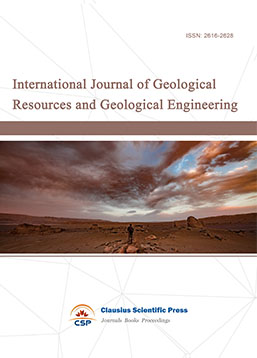
-
Big Geospatial Data and Data Science

-
Solid Earth and Space Physics

-
Environment and Climate Protection
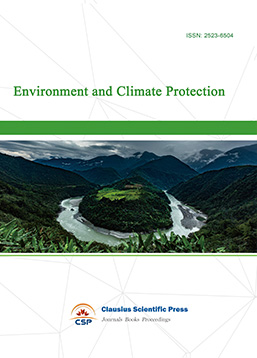
-
Journal of Cartography and Geographic Information Systems

-
Offshore and Polar Engineering

-
Physical and Human Geography
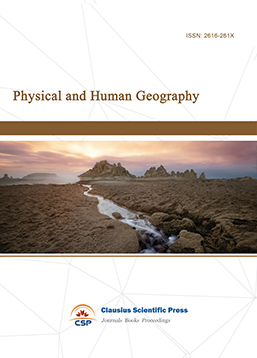
-
Journal of Atmospheric Physics and Atmospheric Environment
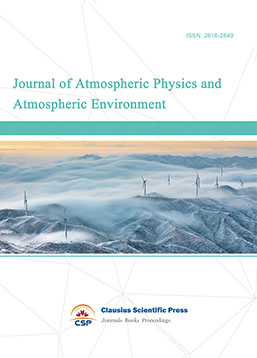
-
Trends in Meteorology

-
Journal of Coastal Engineering Research
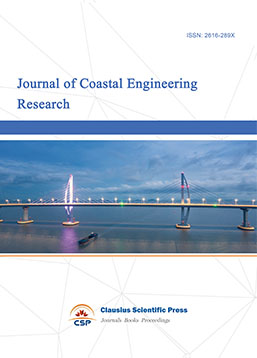
-
Focus on Plant Protection
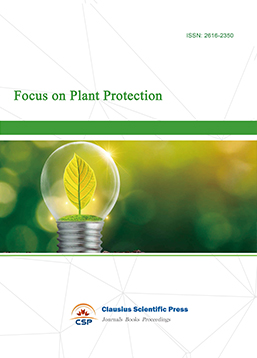
-
Toxicology and Health of Environment
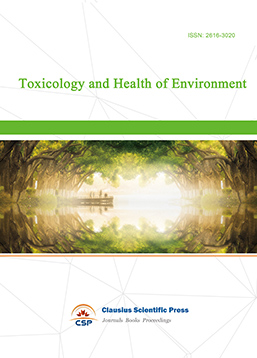
-
Geoscience and Remote Sensing
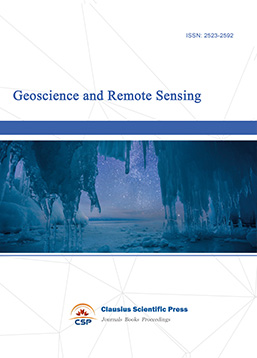
-
Advances in Physical Oceanography

-
Biology, Chemistry, and Geology in Marine
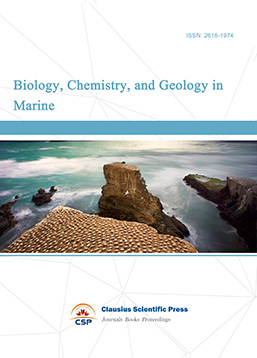
-
Water-Soil, Biological Environment and Energy

-
Geodesy and Geophysics

-
Journal of Structural and Quaternary Geology
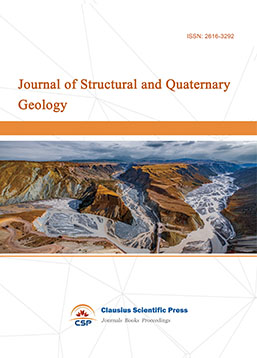
-
Journal of Sedimentary Geology

-
International Journal of Polar Social Research and Review


 Download as PDF
Download as PDF